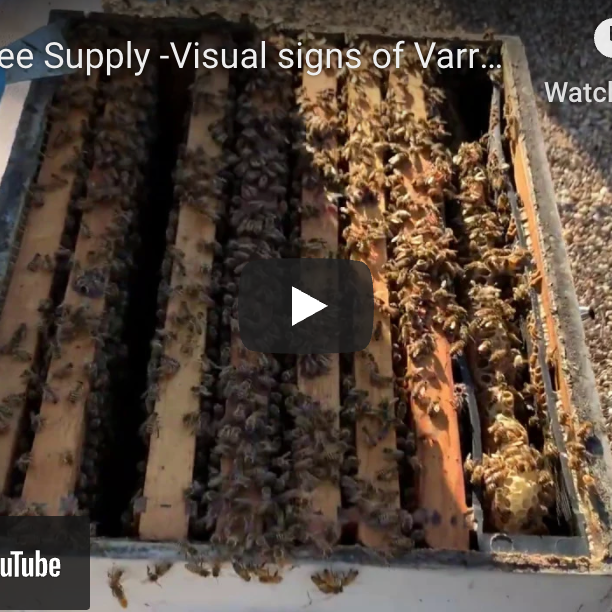
Beekeepers Blog
RSSSearch Our 100s of Articles, Videos, & Posts!
-
 Learn how the tricks behind visually checking for Varroa mites. With this guide you can identify the signs of a mite infestation. Protect your home and health today.Read now
Learn how the tricks behind visually checking for Varroa mites. With this guide you can identify the signs of a mite infestation. Protect your home and health today.Read now -
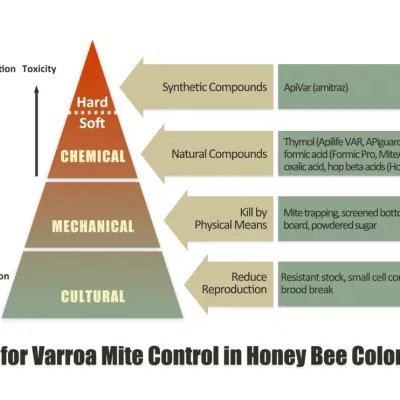
Natural & Chemical Varroa Treatments
What's the difference between Natural & Chemical Varroa Treatments and can I do one without the other?Read now -

Hive Forensics
Read nowIf you’ve ever walked out to find a dead hive and thought, what happened?—you’re not alone. Hive forensics helps you read the clues your bees left behind, understand what went wrong, and protect your colonies moving forward.
-
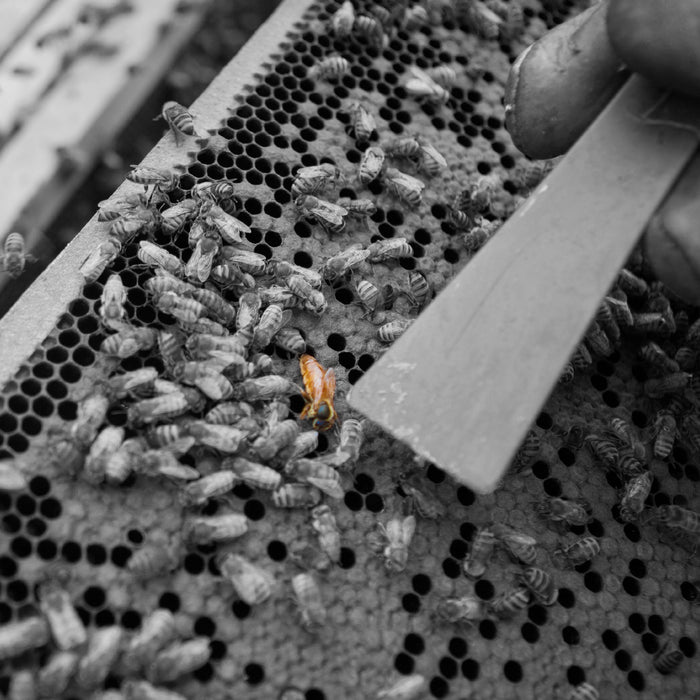
If I Don't Control Varroa Mites Will My Bees Become Naturally Resistant to Varroa?
Read nowUnfortunately, no… Not controlling Varroa will allow them to spread—not only to your other hives but often to all the hives within a few miles of your own bees. Not controlling Varroa in some manner is irresponsible as a beekeeper...
-
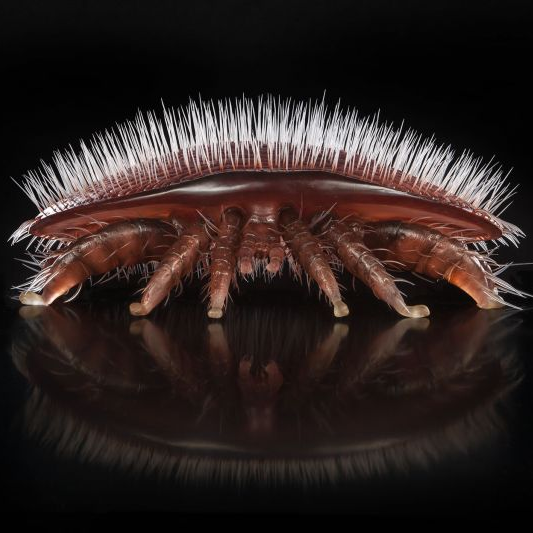
Varroa Destructor
Read nowWhat is the Varroa Mite (Varroa Destructor)? Simply put, it is an external parasitic mite that attacks and feeds on our Western honey bees, Apis Malifera. The Varroa mite is considered the # 1 cause of death in honey bees...
-
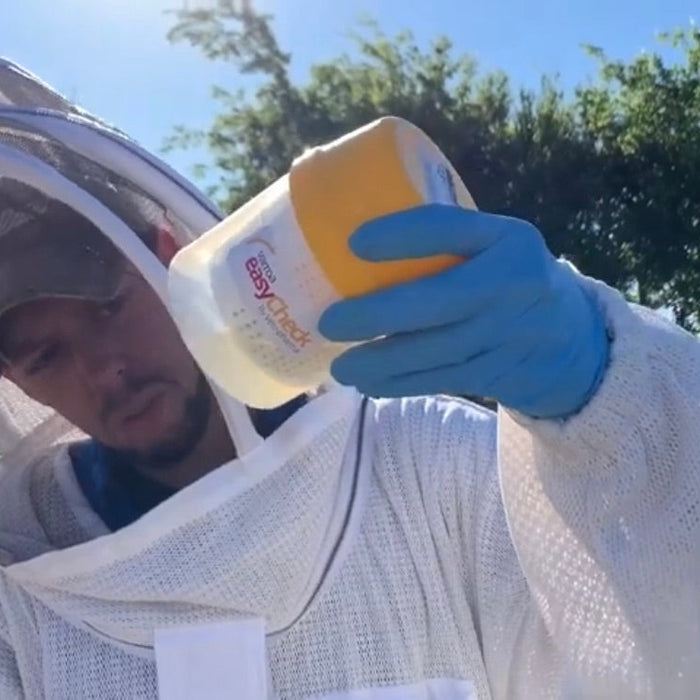
Varroa Destructor - Treatment Options made EASY
Read nowTreatment Options made EASY By: Chari Elam I can speak from experience—the decision of which Varroa treatment to use can feel overwhelming.What should I use? How does it work? Will it hurt my bees? The questions just keep coming... Years...






